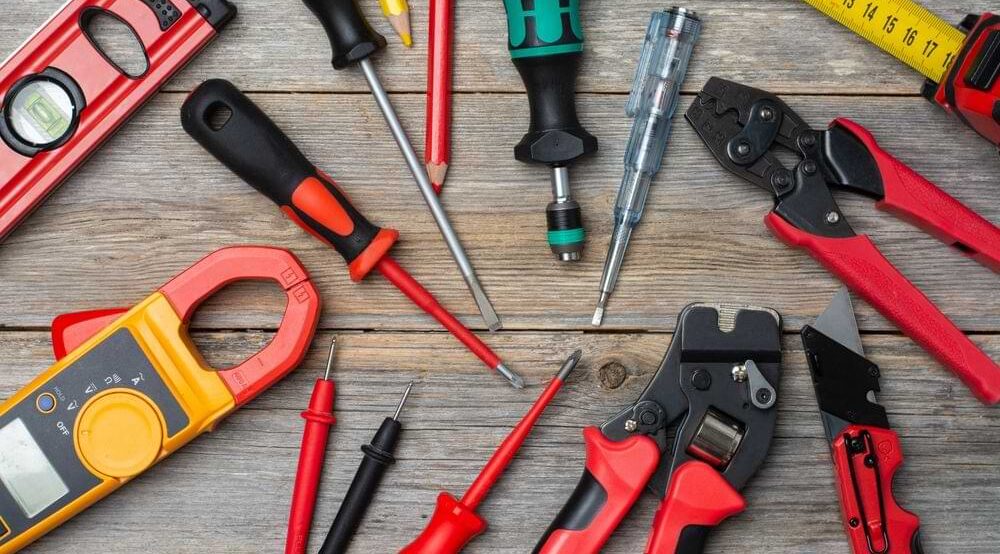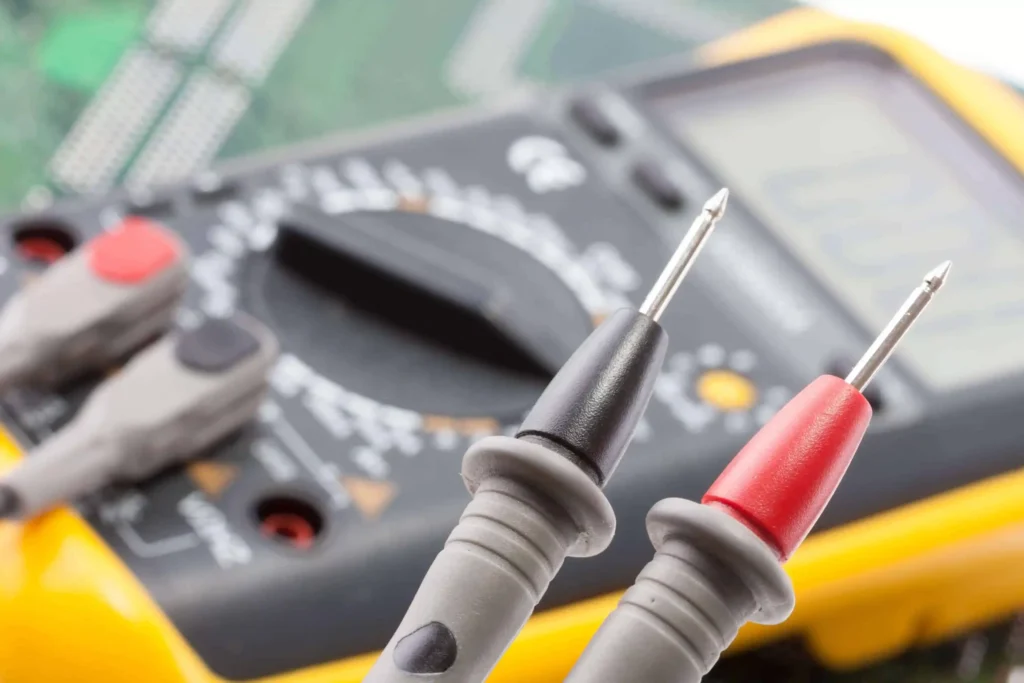In the world of electrical maintenance and safety, the importance of clearly labeled electrical sockets and well-mapped circuits cannot be overstated. This practice, essential in both residential and commercial settings, ensures safety, efficiency, and ease of maintenance. Proper labeling of electrical sockets and thorough circuit mapping are fundamental aspects of electrical work, often overlooked but crucial for preventing potential hazards and simplifying electrical troubleshooting.
Labeling electrical sockets is more than just a convenience. It is an important step in ensuring that people can readily determine which circuit breaker relates to which outlet. This clarity is essential in an emergency or when doing repairs. Accurate labeling aids in the prevention of unintentional shutdowns of crucial equipment, which is especially important in commercial settings where certain gear or systems must remain running. Companies like Schneider Electric play an important role in this environment by providing solutions and technologies that permit correct labeling and circuit identification, hence improving safety and operational efficiency.
Circuit mapping, on the other hand, entails drawing a thorough layout of an electrical system that shows how various components are connected. This map is extremely useful for electricians and maintenance people since it provides a comprehensive overview of the electrical infrastructure, enabling quicker diagnosis and repair of problems. A well-documented circuit map can save hours of effort and considerably minimize the chance of errors during maintenance or upgrades in bigger or more complex installations, such as those frequently maintained by Schneider Electric.

Labeling and mapping are continuous activities rather than one-time operations. Labels and maps should be updated to reflect new configurations as changes are made to the electrical system. This is especially important following substantial modifications or the addition of new equipment. Having up-to-date information is critical in the dynamic environment of electrical systems for sustaining safety requirements and operating efficiency.
Another essential issue is the labeling and mapping procedure. Labels on electrical sockets should be clear, long-lasting, and resistant to fading or damage. They should preferably include information about the circuit number as well as the type of current or voltage in more sophisticated systems. Circuit mapping diagrams should be detailed yet simple, with clear indicators of the locations of outlets, switches, and main electrical equipment.
Technology also plays an important role in improving the accuracy and convenience of socket labeling and circuit mapping. Modern tools and software, frequently provided by corporations such as Schneider Electric, enable more detailed mapping and easier updating of electrical schematics. These digital solutions can store massive amounts of data and allow quick access to precise electrical layouts, making electrical system management more efficient and less prone to human mistakes.
Aside from the practical advantages, correct labeling and mapping of electrical networks is frequently mandated by law. Many jurisdictions have legislation in place that requires precise labeling of electrical components, emphasizing the legal significance of this procedure. Compliance with these standards provides not only safety but also protects property owners and managers from any liability.
Environmental concerns are also considered in the practice of socket labeling and circuit mapping. These techniques contribute to energy saving and sustainability by enabling more effective maintenance and lowering the likelihood of excessive power usage or waste. This element is consistent with the global shift toward more ecologically responsible practices in all areas of operation, which firms such as Schneider Electric are actively supporting through their products and services.
Aside from safety, efficiency, and compliance, electrical socket labeling and circuit mapping play an important role in teaching homeowners and building occupants about their electrical systems. This instructional component promotes a better awareness and respect for the complexities and possible hazards of electrical systems. Knowledgeable tenants are more likely to recognize potential hazards, recognize the significance of timely maintenance, and appreciate the complexities of their electrical infrastructure. This awareness is especially useful in emergencies, where a comprehensive understanding of the electrical layout can dramatically impact both inhabitants’ and emergency personnel’s response time and efficacy.
Finally, meticulously marking electrical outlets and mapping circuits is an essential component of electrical safety and system administration. It goes beyond practicality to include legal compliance, environmental sustainability, and educational empowerment. Schneider Electric, for example, is at the forefront of developing creative solutions to improve these processes. As we enter an era in which technology and safety are becoming increasingly intertwined, the importance of accurate and up-to-date electrical labeling and mapping becomes increasingly important, not just for professionals in the field, but for everyone who interacts with electrical systems in their daily lives.






